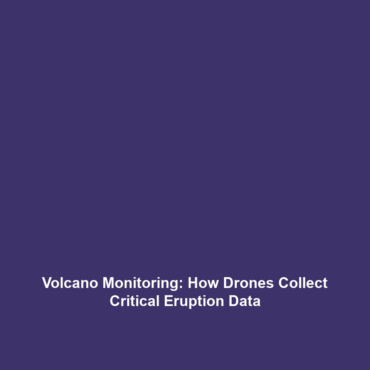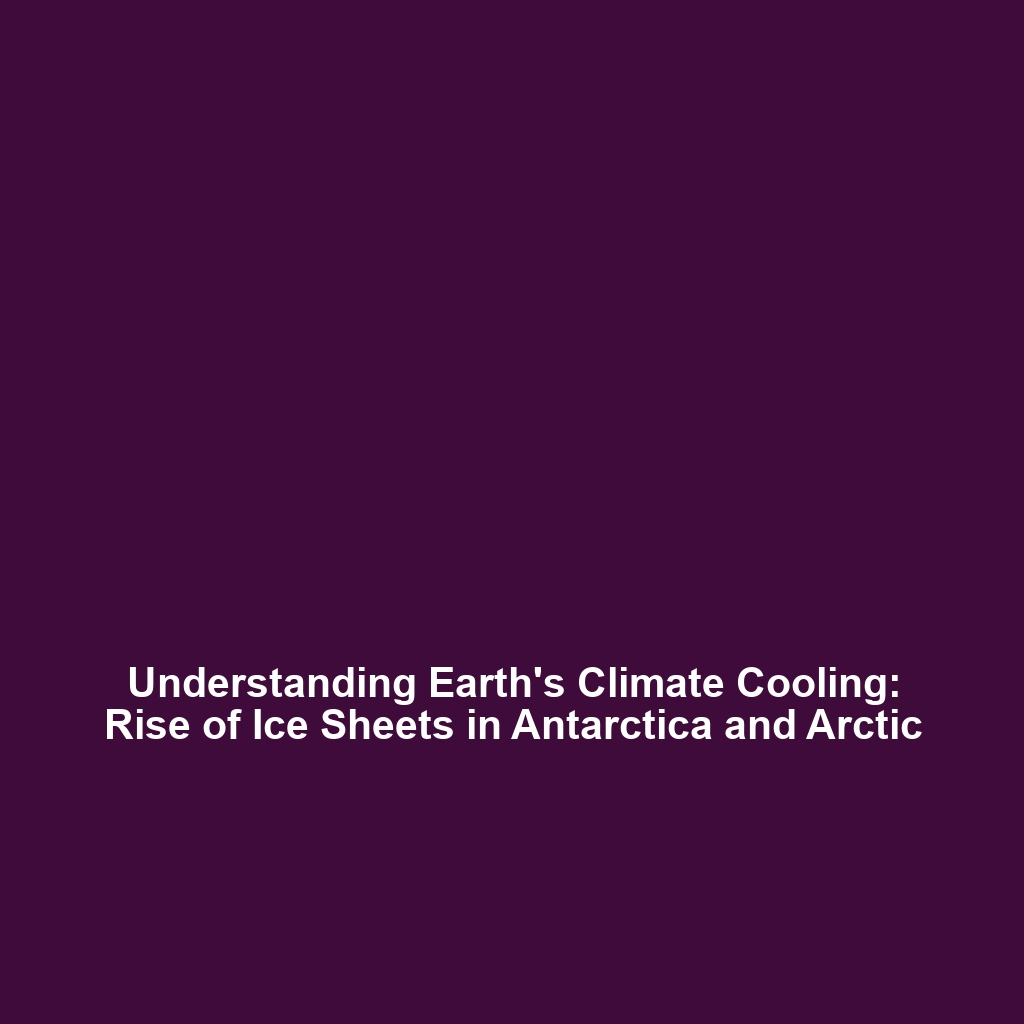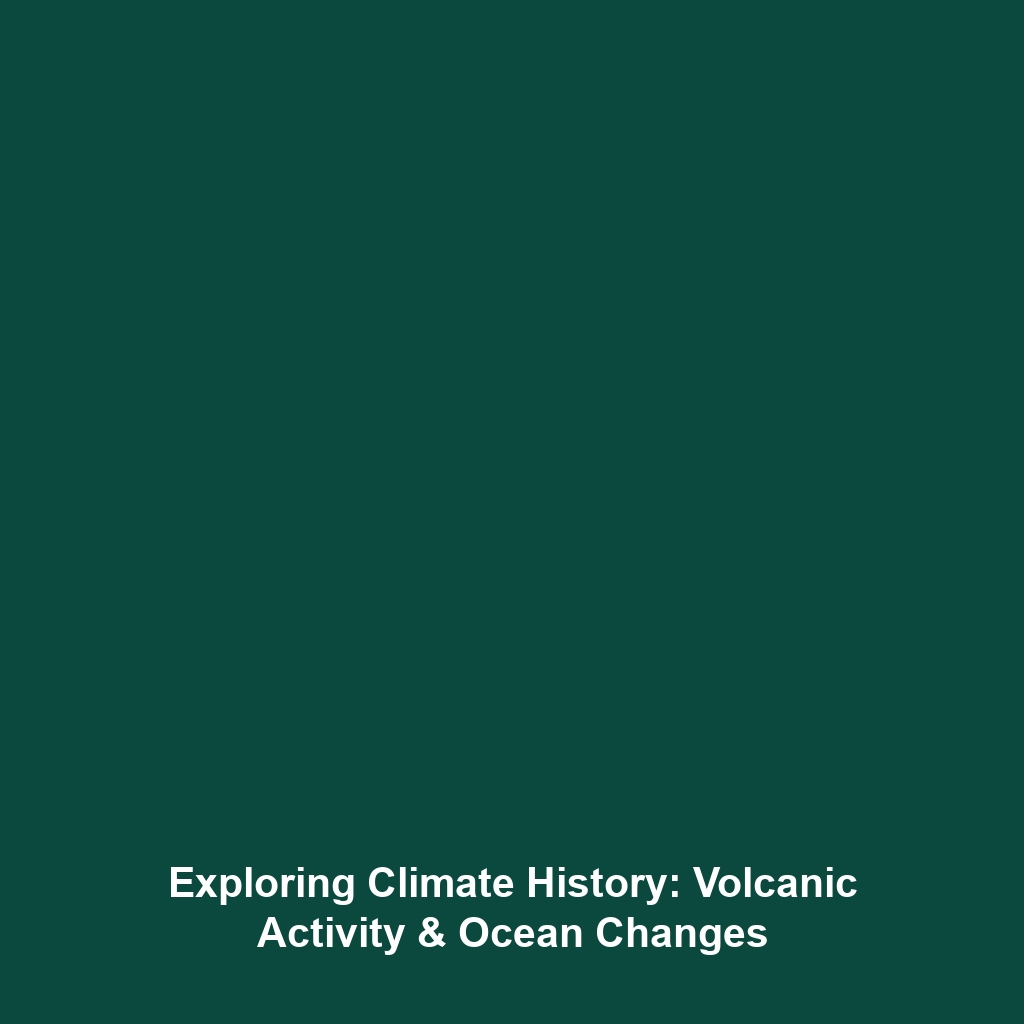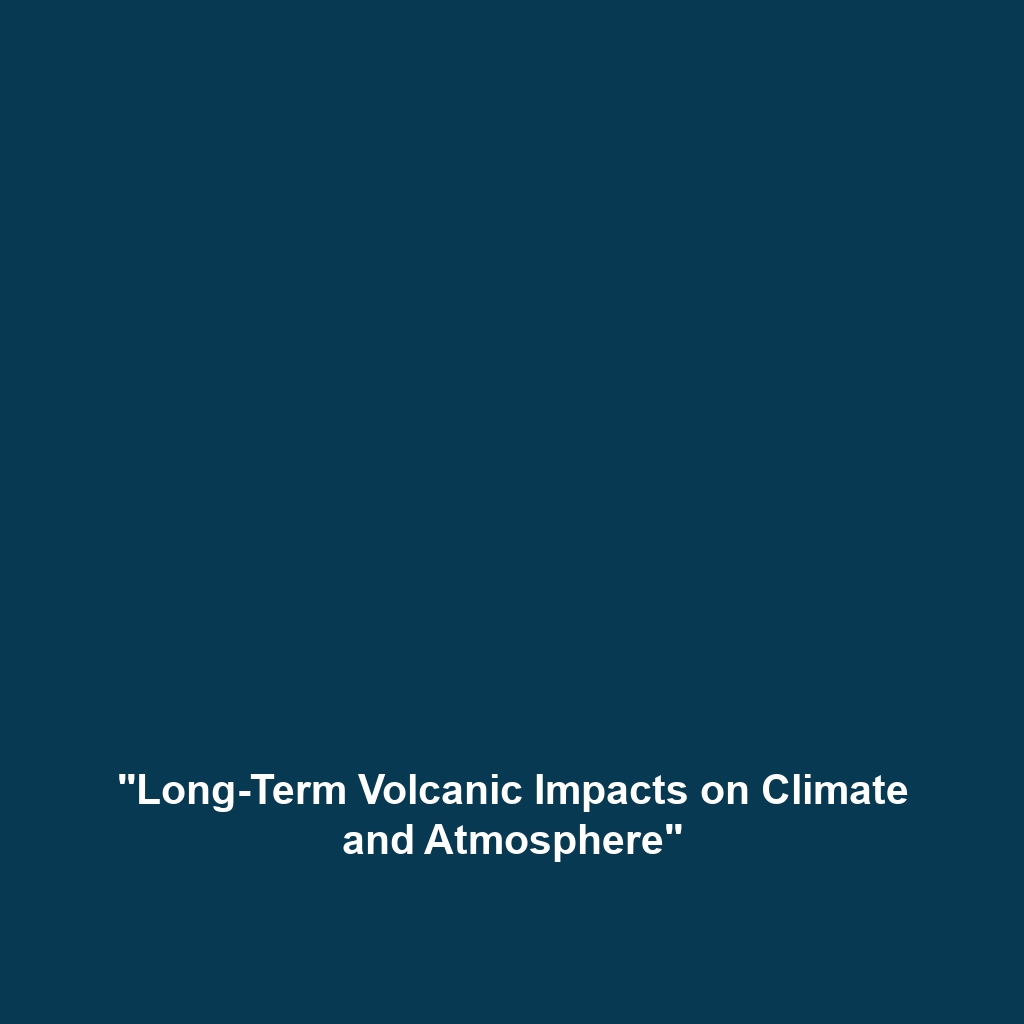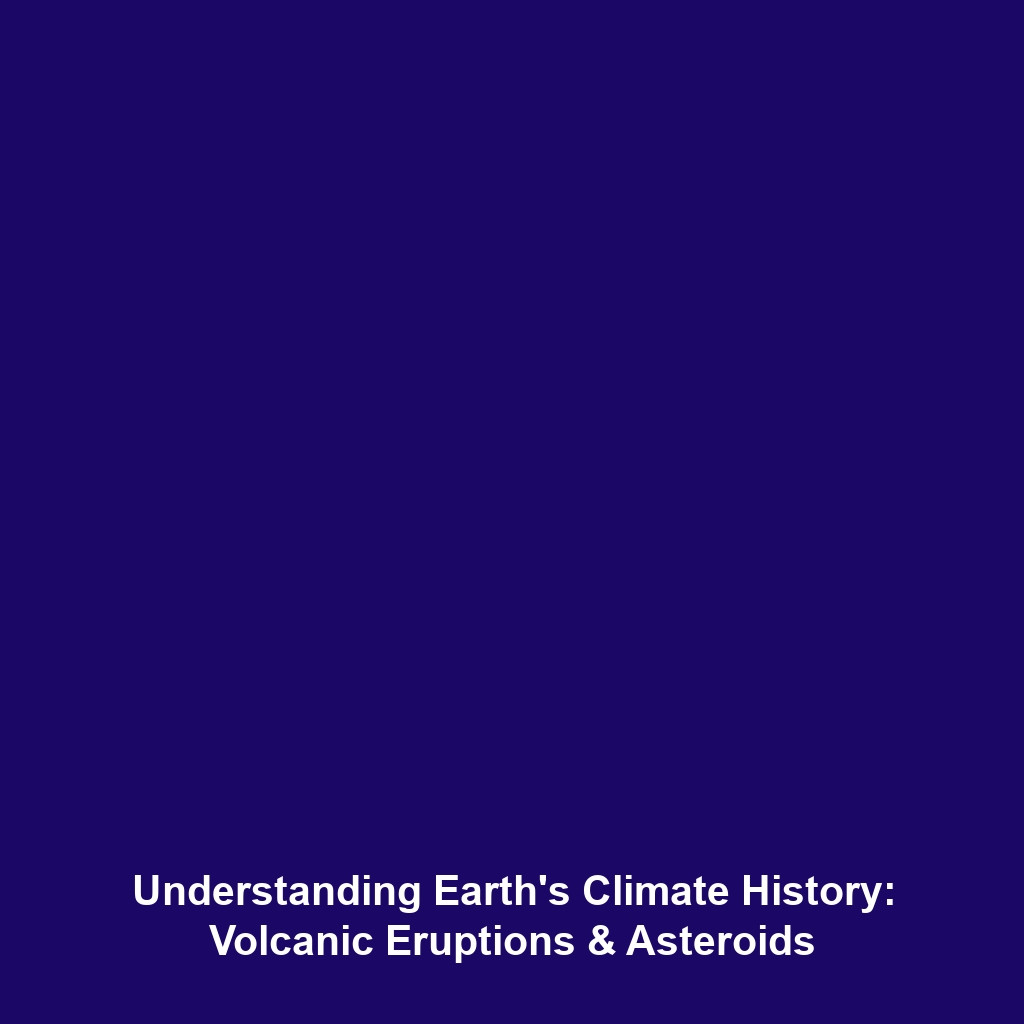Volcano Monitoring: Drones Collecting Data from Active Volcanoes
Introduction
In recent years, drones in science have transformed the way researchers monitor active volcanoes. These unmanned aerial vehicles (UAVs) provide invaluable data that ensure safety, enhance scientific understanding, and improve response strategies to volcanic eruptions. The integration of drones in volcano monitoring not only allows for safer data collection in hazardous environments but also facilitates real-time analysis and remote sensing capabilities. This article delves into the significance of volcano monitoring and the technological advancements empowering it.
Key Concepts
Effective volcano monitoring encompasses various concepts and methodologies:
- Remote Sensing: Drones equipped with thermal cameras can detect heat patterns and identify potential eruptive activity.
- Geospatial Analysis: Mapping volcanic landscapes with precision allows for better prediction of lava flow paths and potential impacts.
- Gas Emission Tracking: UAVs can analyze gas emissions, such as sulfur dioxide, which are crucial in forecasting volcanic behavior.
These concepts highlight the integration of UAVs within the category of drones in science, providing critical insights into volcanic activity.
Applications and Real-World Uses
Drones have several practical applications in the realm of volcano monitoring:
- Disaster Preparedness: Continuous monitoring allows authorities to develop and implement effective evacuation plans.
- Environmental Assessment: Collecting samples and mapping areas post-eruption helps in assessing ecological impacts.
- Research and Development: Scientists are utilizing drones to gather data that was previously too dangerous to access.
These applications showcase how drones are used in volcano monitoring and contribute to broader disaster science efforts.
Current Challenges
Despite their benefits, challenges of volcano monitoring using drones remain prevalent:
- Weather Dependency: Adverse weather conditions can hinder drone operations.
- Data Overload: Managing and interpreting the vast amounts of data collected can be daunting.
- Regulatory Issues: Drones face strict regulations in different countries, impacting operational flexibility.
These challenges highlight some of the ongoing issues in drone technology within the field of volcano monitoring.
Future Research and Innovations
The future of volcano monitoring promises exciting innovations:
- AI Integration: Utilizing artificial intelligence to analyze patterns and predict eruptions more accurately.
- Swarm Technology: Employing multiple drones to collect comprehensive data over vast areas.
- Advanced Sensors: Developing more sophisticated sensing equipment to detect subtle changes in volcanic behavior.
These upcoming breakthroughs will significantly impact the field of drones in science, especially in enhancing the safety and accuracy of monitoring efforts.
Conclusion
In summary, volcano monitoring through drones represents a pivotal advancement in scientific research and disaster preparedness. As the technology evolves, it promises to further enhance our understanding of volcanic activity, ensuring a safer future for communities at risk. For more on the potential of drones in science, explore our other articles on drones in scientific research and natural disaster monitoring.
